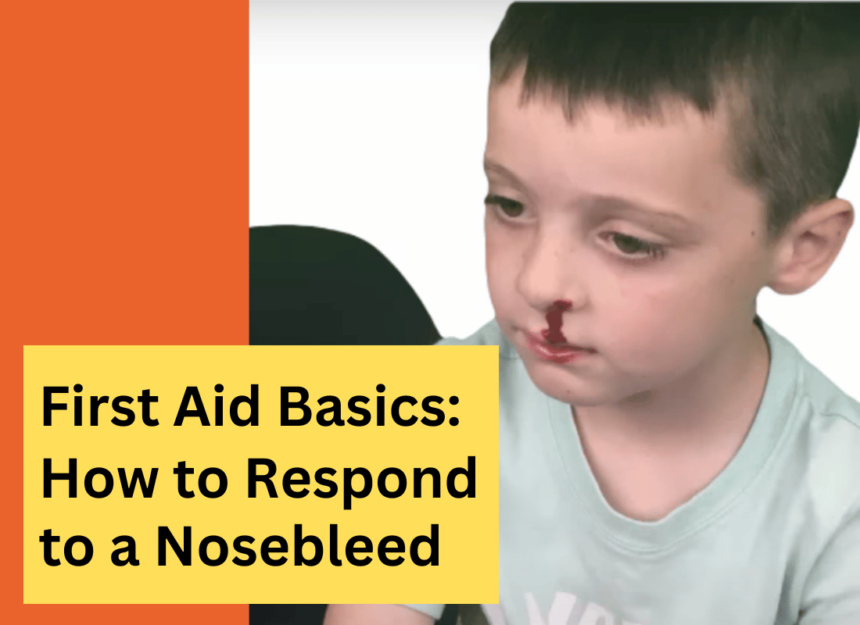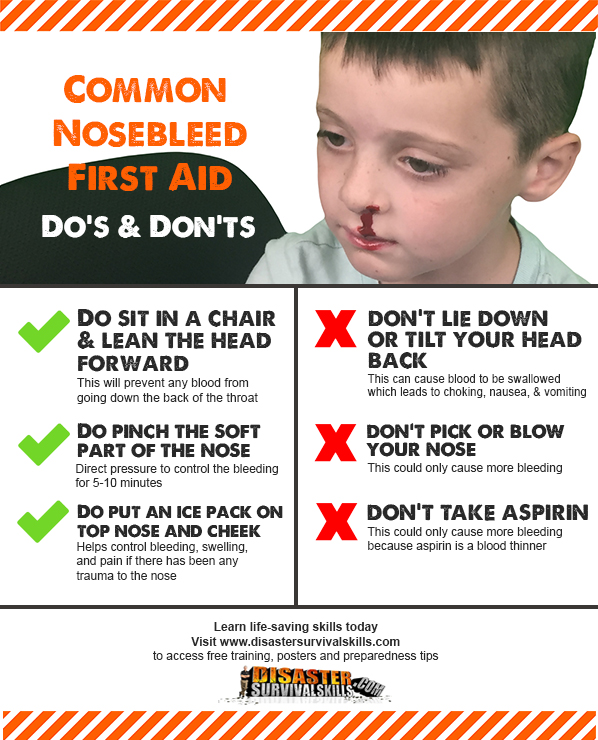First Aid Basics: How to Respond to a Nosebleed

There’s no need to panic when you or someone near you experiences a nosebleed. Although they can be messy and a bit alarming, nosebleeds are usually not serious and can be managed at home with the right knowledge and skillset. As a seasoned healthcare professional, I’ve seen my fair share of nosebleeds and have acquired the essential skills to respond effectively. Through this post, I will guide you in a compassionate, practical, and realistic manner on how to respond to a nosebleed using basic first aid techniques.
Understanding Nosebleeds:
First, let’s briefly touch on why nosebleeds occur. The delicate lining inside your nose can become irritated due to dry air, frequent nose blowing, or a direct hit to the nose. When this happens, blood vessels break, leading to a nosebleed. Though it can seem dramatic, remember that most nosebleeds are minor and can be handled at home.

Step-by-Step First Aid Procedure for Nosebleeds:
- Stay Calm: The sight of blood can be unsettling, but it’s important to remain calm. Panic can raise your blood pressure and worsen the bleeding.
- Sit Up and Lean Forward: To prevent swallowing blood, have the person sit up straight and lean slightly forward. Contrary to common belief, you should not tilt your head back during a nosebleed.
- Pinch the Soft Part of Your Nose: Using a clean tissue or cloth, firmly pinch the nostrils together just below the bony center of the nose. Continue to apply pressure for about 10-15 minutes. Avoid checking if the bleeding has stopped too frequently as this could disrupt the clotting process.
- Apply a Cold Compress: Placing a cold compress or ice pack wrapped in a thin cloth on the bridge of your nose can help constrict the blood vessels and slow down the bleeding. Do this while maintaining pressure on the nostrils.
- Do not Blow Your Nose: Refrain from blowing your nose for several hours after a nosebleed. This allows time for the broken vessel to fully heal.
When to Seek Medical Attention:
While nosebleeds are usually harmless, there are situations when you should seek medical attention. If the bleeding is heavy, lasts for more than 20 minutes, or results from a head injury, it’s crucial to get medical help immediately. Also, individuals with a blood disorder or on blood-thinning medication should contact their healthcare provider if they experience nosebleeds.
Preventing Nosebleeds:
Keep the lining of your nose moist by applying a light coating of petroleum jelly or a saline nasal spray. Use a humidifier in dry climates or during winter months when heaters can dry out the air. Avoid picking your nose and protect your nose from injuries whenever possible.
Learning how to respond to a nosebleed is an essential part of first aid. It equips you with the knowledge and skills needed to handle such incidents in a calm, collected, and effective manner. I hope this guide has helped to demystify nosebleeds and made you feel more confident in dealing with them should the need arise. Remember, while this guide provides practical, realistic, and educational advice, it’s always essential to consult with a healthcare professional for severe or persistent nosebleeds.



Comments are closed.